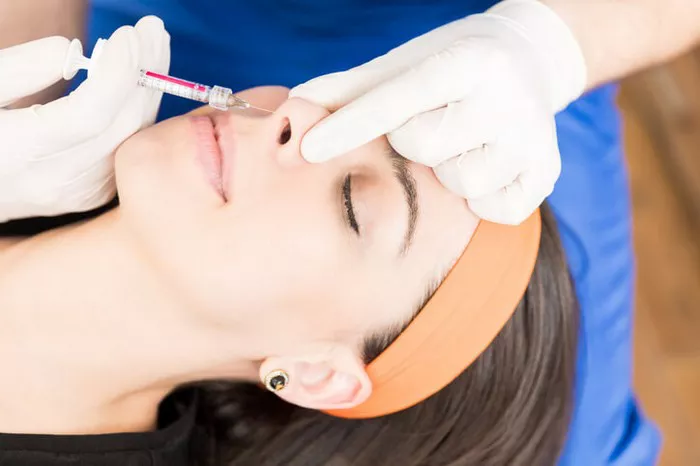Rhinoplasty, often referred to as a “nose job,” is a cosmetic surgical procedure designed to reshape and enhance the appearance of the nose. It is one of the most sought-after cosmetic surgeries globally, with thousands of individuals opting for this procedure each year. Among the various techniques used in rhinoplasty, “open rhinoplasty” is a commonly performed approach that allows surgeons greater visibility and precision during the surgery. However, a common concern among those considering this procedure is whether open rhinoplasty leaves scars. In this comprehensive article, we will explore the open rhinoplasty technique, its advantages, and the potential for visible scarring.
Understanding Open Rhinoplasty
Open rhinoplasty is a surgical technique that provides plastic surgeons with enhanced access and visibility during the procedure. In this approach, a small incision is made across the columella, the strip of skin and tissue between the nostrils. This incision allows the surgeon to lift the skin of the nose, providing a clear view of the underlying structures, including cartilage and bone.
Key Aspects of Open Rhinoplasty:
Enhanced Visualization: Open rhinoplasty provides surgeons with a direct view of the nasal structures, allowing for more precise adjustments and corrections.
Greater Control: The technique offers greater control and flexibility in reshaping the nose, making it suitable for complex cases and revisions.
Sutures and Incision Closure: After completing the necessary adjustments, the surgeon meticulously closes the incision with sutures, ensuring minimal tension on the skin.
Scarring: The incision made during open rhinoplasty is typically well-placed and well-hidden, but like any surgical procedure, it can potentially result in visible scarring.
Does Open Rhinoplasty Leave Scars?
The presence and visibility of scars following open rhinoplasty are concerns for many prospective patients. To address these concerns effectively, it’s essential to consider several key factors:
Incision Placement: The incision made during open rhinoplasty is positioned across the columella, the small strip of tissue between the nostrils. This placement is strategically chosen to minimize the visibility of scars.
Surgeon Skill and Technique: The skill and expertise of the surgeon play a significant role in scar minimization. An experienced rhinoplasty specialist is trained to make precise incisions and use meticulous suturing techniques to reduce the risk of noticeable scarring.
Individual Healing: The way an individual’s body heals and scars can vary. While most patients experience minimal scarring that fades over time, individual differences in skin type, genetics, and scar formation may influence the outcome.
Postoperative Care: Following proper postoperative care instructions provided by the surgeon is crucial for optimizing the healing process and minimizing the appearance of scars. This may include avoiding sun exposure and following a skincare regimen.
Scar Resolution: Scars typically go through a maturation process, during which they may initially appear red or raised before gradually fading and becoming less noticeable. This process can take several months to a year or more.
Makeup and Camouflage: In some cases, patients can use makeup or camouflage techniques to conceal any residual scarring during the healing process.
Advantages of Open Rhinoplasty
Open rhinoplasty offers several advantages that may outweigh concerns about scarring:
Precision: The technique allows for precise visualization and manipulation of nasal structures, making it suitable for complex cases and revisions.
Customization: Surgeons can make highly customized adjustments, addressing both cosmetic and functional concerns with greater accuracy.
Reduced Risk of Complications: The enhanced visibility provided by open rhinoplasty can reduce the risk of complications and ensure a successful outcome.
Long-Term Results: Open rhinoplasty can provide long-lasting and satisfying results, enhancing both the appearance and function of the nose.
Conclusion
Open rhinoplasty is a highly effective surgical technique for reshaping and enhancing the nose, offering advantages in terms of precision, control, and reduced risk of complications. While concerns about scarring are valid, the incision made during open rhinoplasty is typically well-placed and strategically positioned to minimize visibility. Surgeon skill and technique, along with individual healing factors, play a significant role in scar minimization.
Patients considering open rhinoplasty should consult with a board-certified plastic surgeon experienced in nasal procedures. A skilled surgeon can provide a thorough understanding of the surgical approach, potential scarring, and strategies for minimizing scars during the healing process. With proper care and attention, many patients achieve natural-looking and satisfying results with minimal visible scarring following open rhinoplasty.


